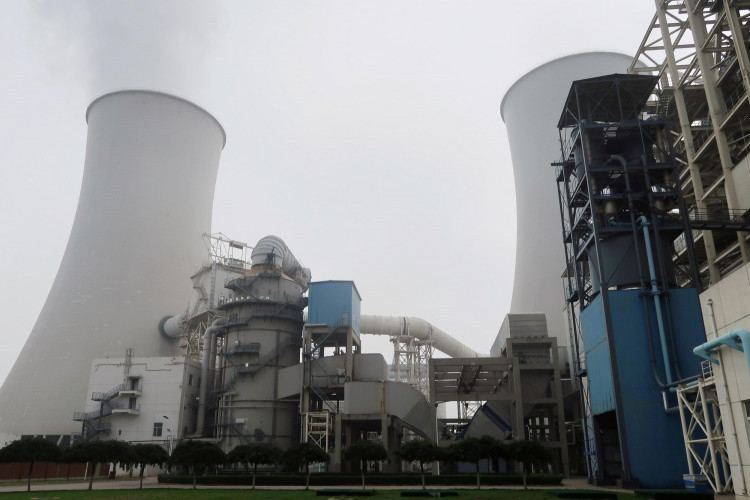China has officially kicked off 25 new energy projects with a total investment of $8.25 billion. Chinese state-owned power company, China Three Gorges Corporation, announced on Monday that works on the projects across China is now underway.
The new energy facilities are expected to generate more than 3.92 million kilowatts of installed capacity, most of which will be added to the country's existing grid. The 25 new energy power plants will be spread throughout 14 provinces and regions across the country, including new facilities in Guangdong, Fujian, Jiangsu, the Hebei provinces, and the Ningxia Hui autonomous regions.
China Three Gorges Corporation also stated that it expects the establishment of the new facilities to generate more than 17,000 new jobs, most of which will be given to locals. Apart from providing additional power to meet the country's growing needs, the projects are expected to help optimize local industrial structure. This will, in turn, promote economic growth and social development within the vicinity of the new power plants.
Among the 25 new energy projects, the offshore wind power facilities in Yangjiang and Rudong will be the largest. The two projects, which will cost a combined 42.4 billion yuan, will use a total of 414 large domestically-sourced wind turbines. The power-generating facilities, which are projected to be completed sometime in 2021, will be able to produce up to 7.2 billion kilowatts per year. The state-owned firm added that the two projects alone should generate more than 4,000 new jobs.
Economists have pointed out that the announcement of the new projects should encourage suppliers in different industries to resume work and ramp up production. The commencement has also been seen as a clear indication of the continued market demand in China despite the various economic challenges that had befallen it over the past few months.
According to the National Development and Reform Commission, most large-scale enterprises in China have already expanded their production capabilities and ramped up operations following the extended Spring Festival holidays. However, a number of small and medium-sized companies have yet to resume work. A majority of those that have yet to resume cited the recent viral epidemic as the main reason for their decision.
The Chinese government has continued to push for these companies to resume work and their efforts have so far paid off. Jiangsu recently reported that over 90 percent of its major industrial enterprises have restarted production. Meanwhile, 70 percent of enterprises in regions such as Guangdong, Fujian, Shandong, and Jiangsu have already resumed operations.






